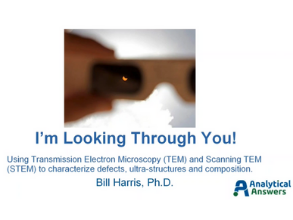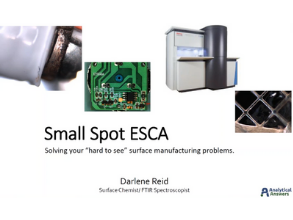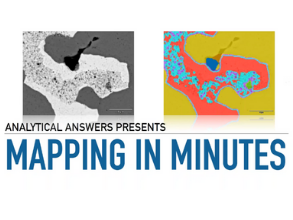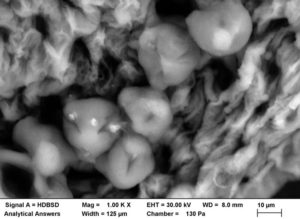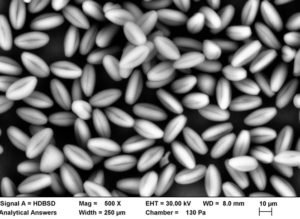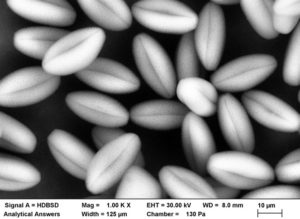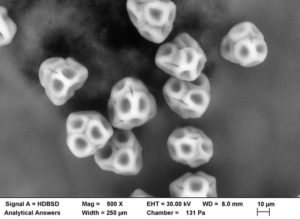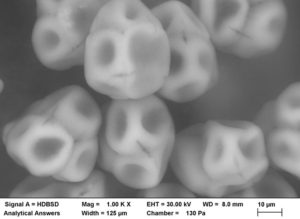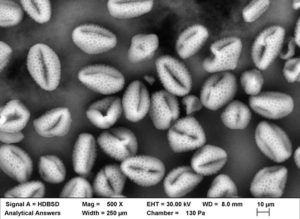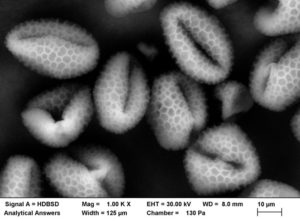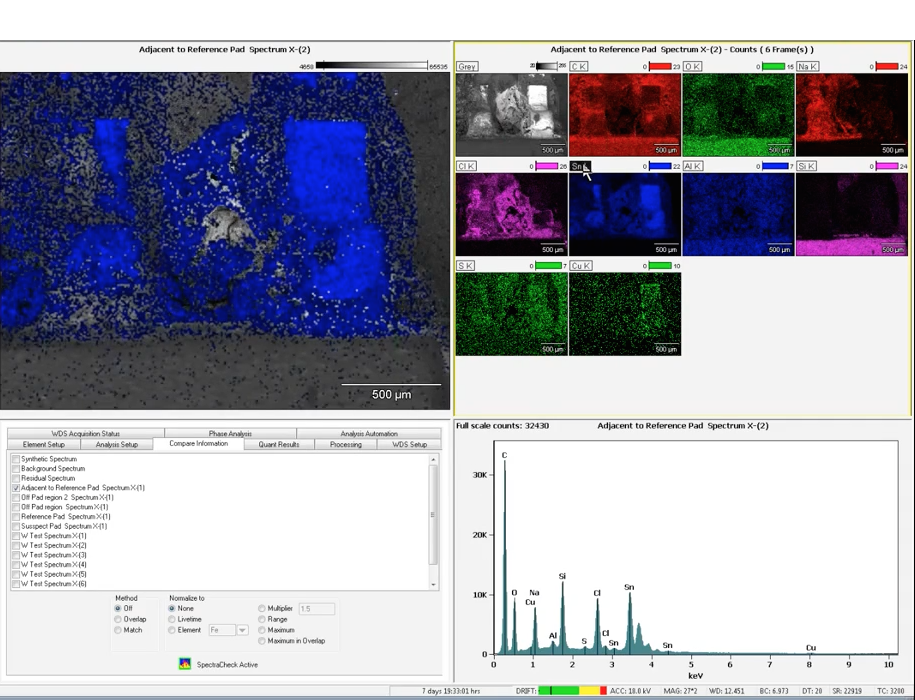In this webinar, we look at the capabilities of TEM and its methodologies. The Q & A from the webinar provides a brief FAQ about this type of analysis.
Q: How large a field of view can you prepare for TEM?
A: While we cannot image the entire prepared sample at once, we typically prepare TEM sections by FIB with an electron transparent region that is about 10 µm in length. We actually prefer an area that is smaller than that just to maintain mechanical stability, but that’s the typical limit of FIB preparation. In a TEM sample that is prepared by ultramicrotomy, an ultrathin sample can be up to 2 or 3 mm in diameter.
Q: Can any material be prepared for TEM?
A: Most likely not. There are some restrictions around what we can put into the transmission electron microscope. Again, the most important restrictions are that it needs to be vacuum compatible and that it needs to be able to stand up to the FIB preparation if we go the FIB route. However, some polymer samples that may be vacuum compatible might be ‘sectionable’ with our ultramicrotome but may degrade under an electron beam. Some could even be too soft to section by ultramicrotomy. There are many, many materials that can be used for TEM, however.
Q: Can TEM be used to measure crystallinity index as XRD?
A: In a single crystal sample, we get well-resolved diffraction patterns that we can use to measure lattice parameters and similar aspects of crystallinity.
Q: Is EDS analysis in the TEM or STEM more time consuming than in the SEM?
A: The answer to that question is no. It typically takes about the same amount of time once you have your sample in the instrument to actually generate the EDS analysis.
Q: Can you do grain boundary imaging and analysis in the TEM?
A: Typically, the answer to that question is yes. Again, it can be somewhat sample dependent, but the huge advantage in the TEM or STEM is that the sample is so thin that there is virtually no spot blooming compared to bulk EDS analysis in the SEM, allowing us to perform EDS analysis on a nanometer rather than micron scale. So if you have a problem along those lines, again, we would certainly encourage you to get in touch with us and we can see about designing an analysis to address that.
Q: Can you do grain or particle size analysis from TEM images?
A: Again, the answer to that, in general, is yes. However, you will need to contact us to confirm.
Q: Can you make a TEM sample from a four-inch wafer?
A: Yes. On a four-inch wafer, if there are small structures or small defects that we need to find, the capability exists to drive to those positions and then excise those regions of interest from the wafer as lift-out samples and prepare them for subsequent TEM analysis.
Q: What is the difference between high resolution TEM and STEM?
A: STEM in its name implies that you are scanning the beam: Scanning Transmission Electron Microscopy. In that technique, we would form a finely focused probe beam, step it across the sample in a raster fashion to generate the image (as is done in an SEM) but we take advantage of the higher beam voltages and different electron optics to provide additional signals and information about samples, as compared to SEM. In a high resolution TEM image or TEM in general, the beam is not scanned; we rely on the electron optics to form a global image of the sample, much as you would in a light microscope.

